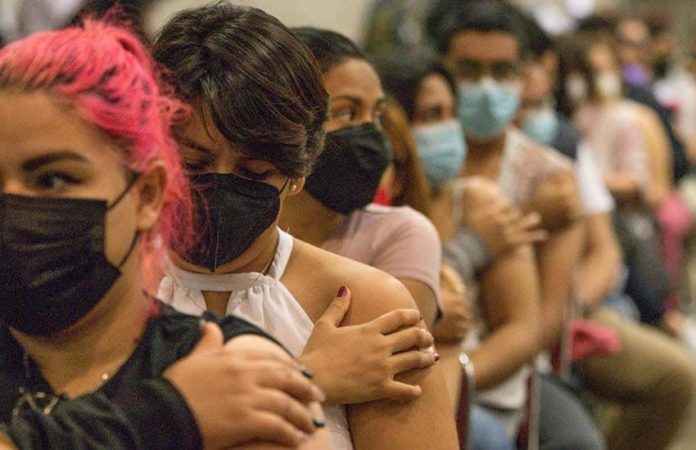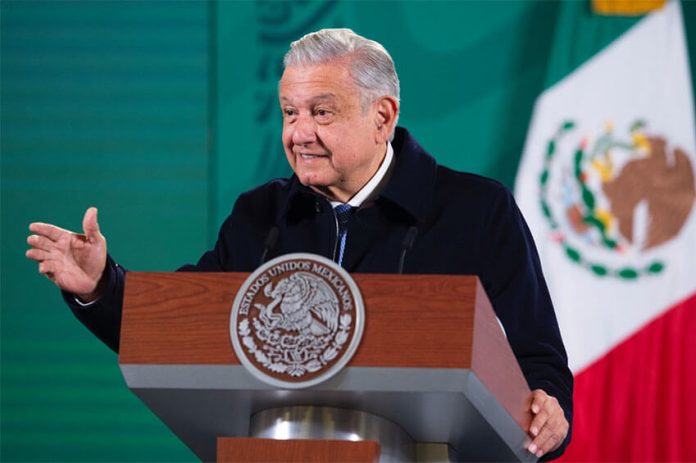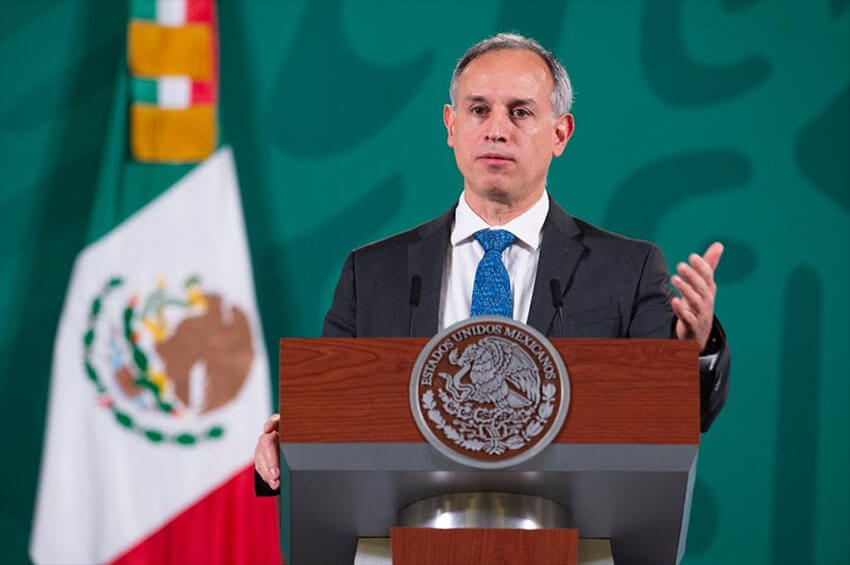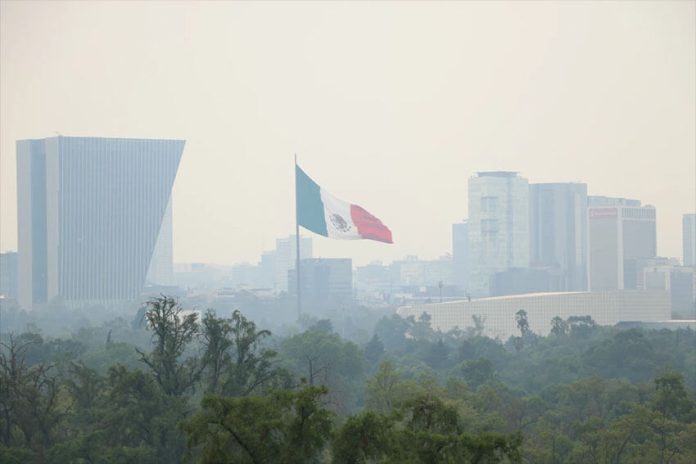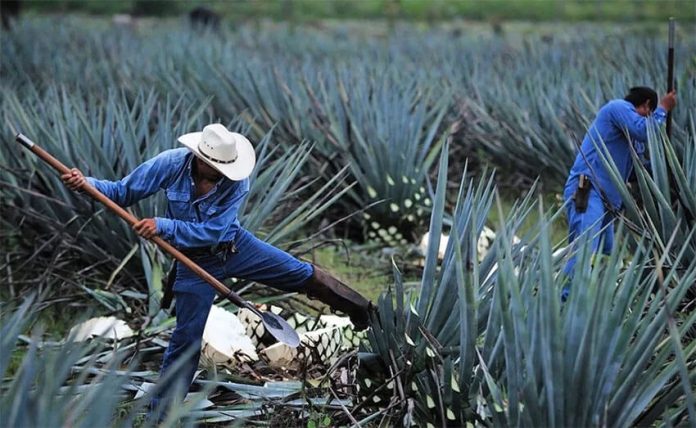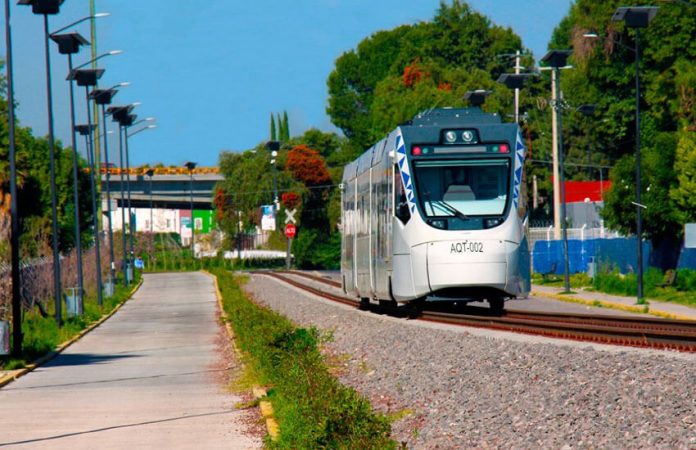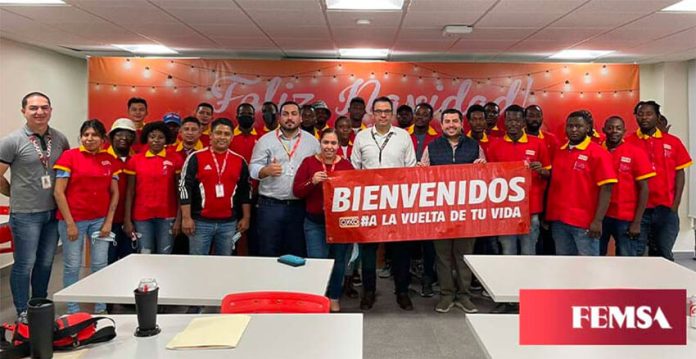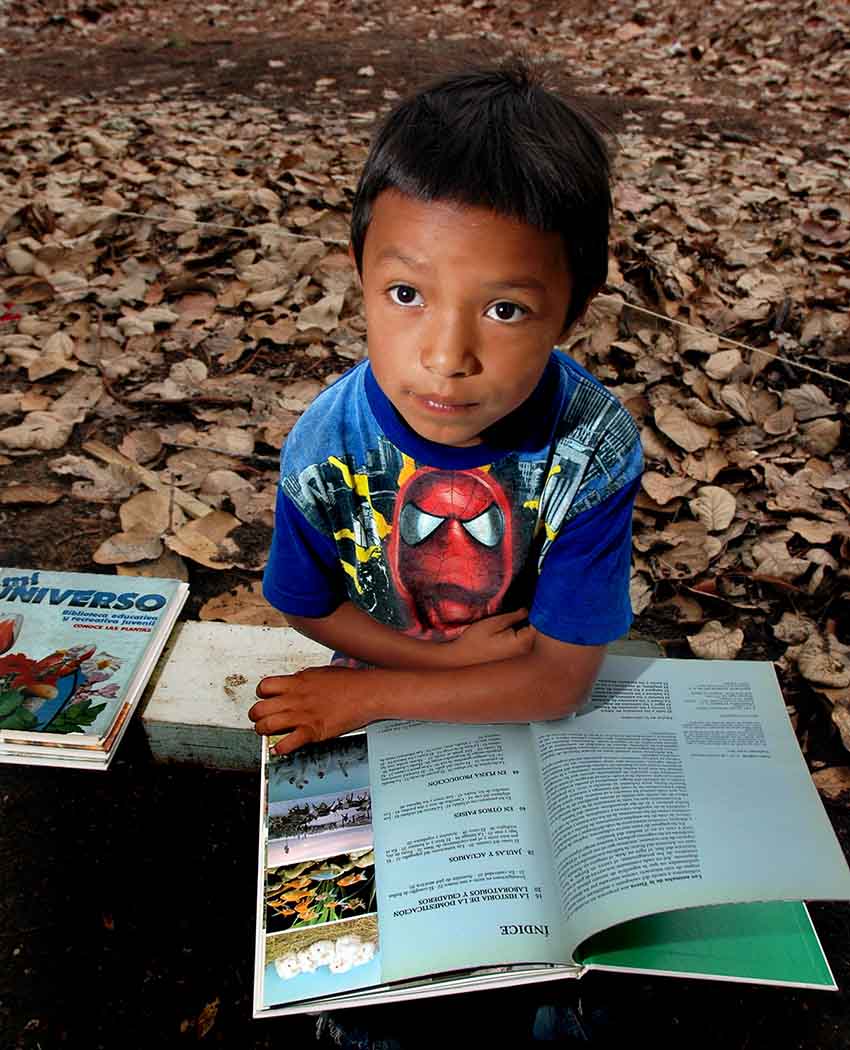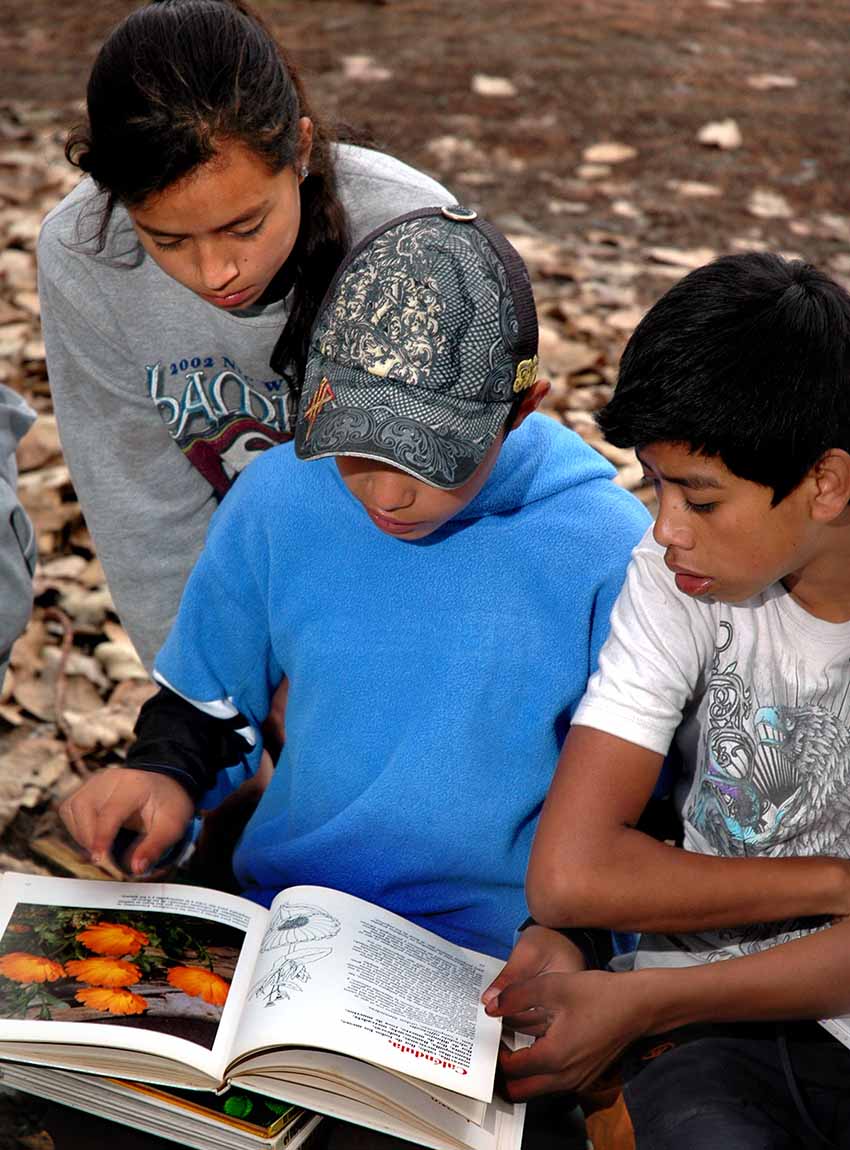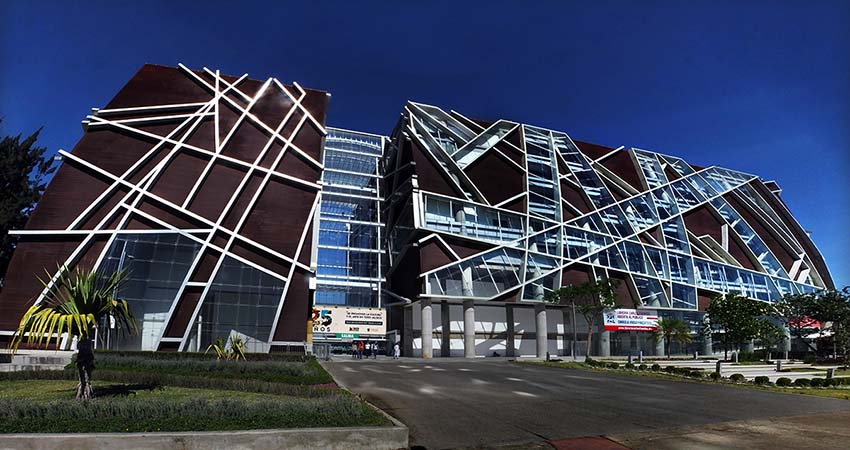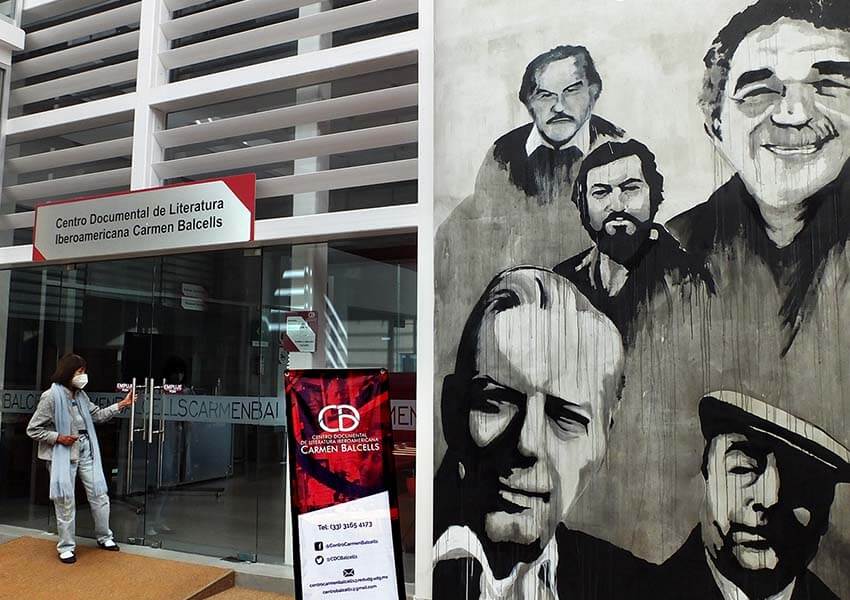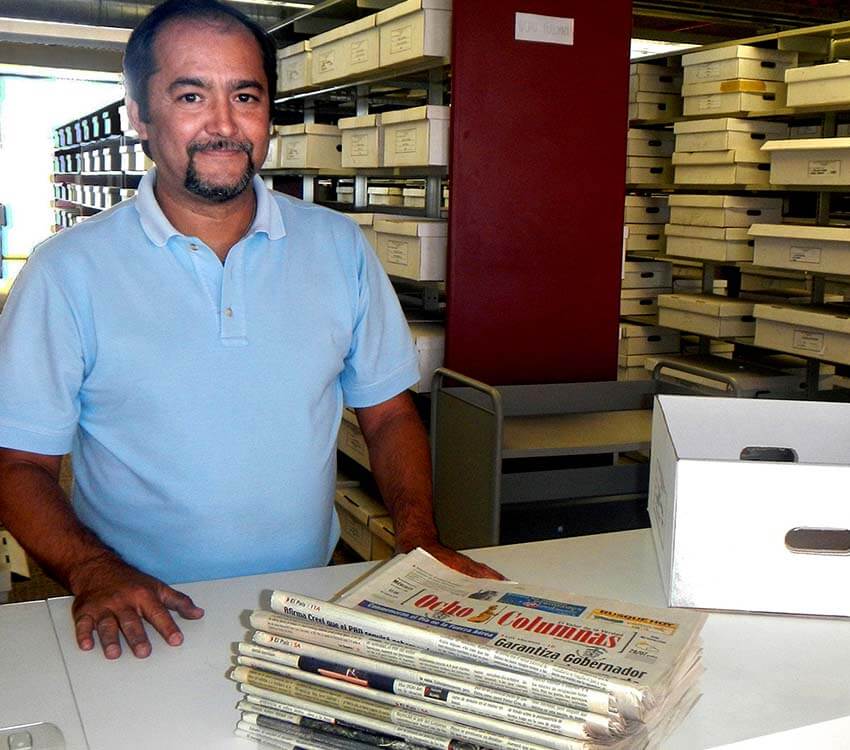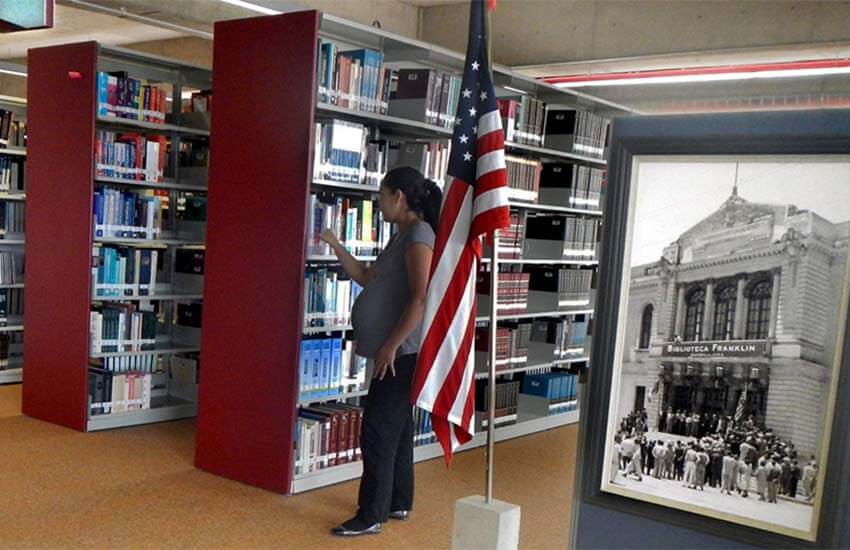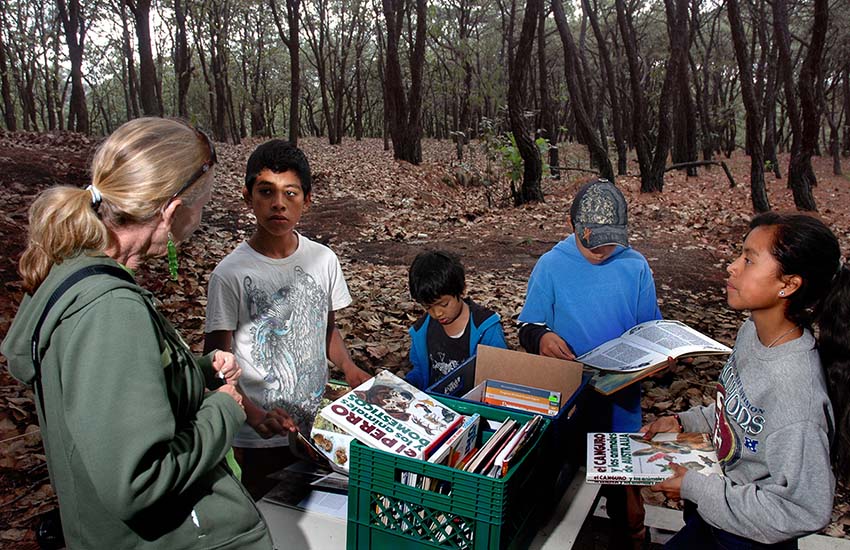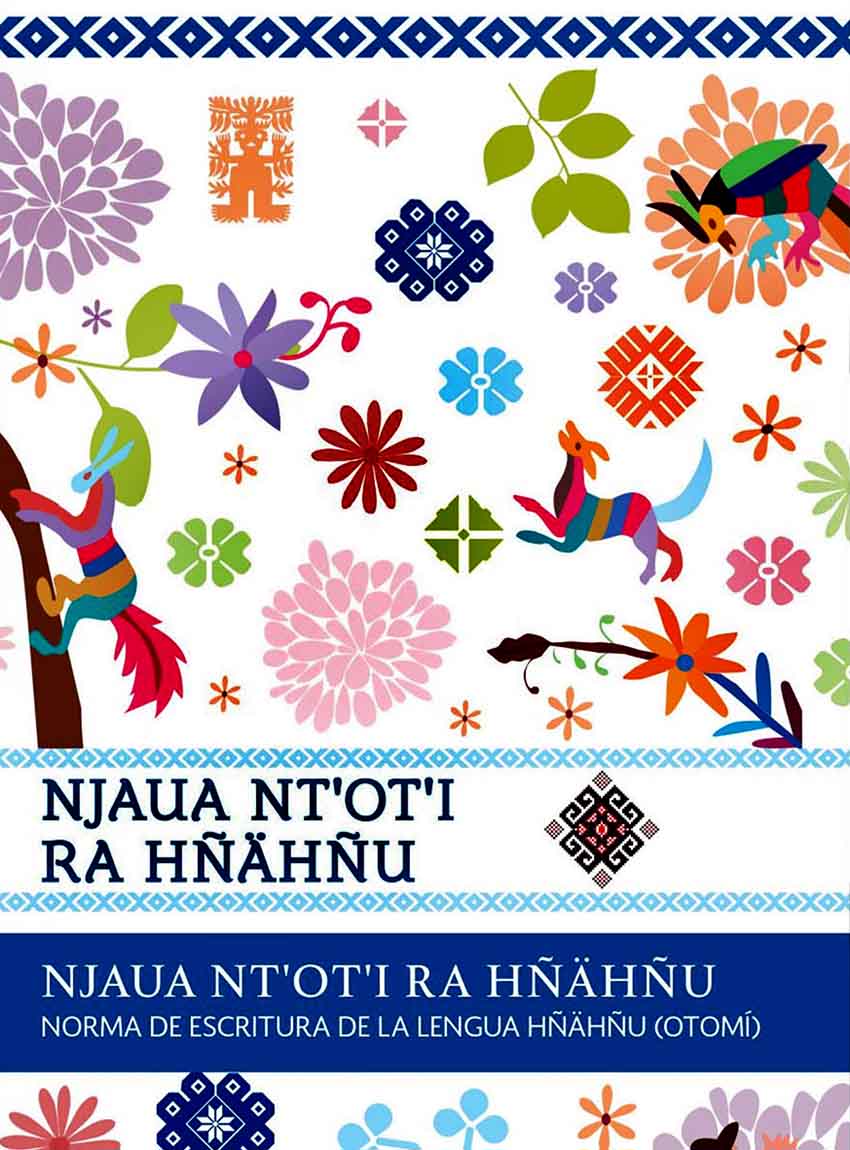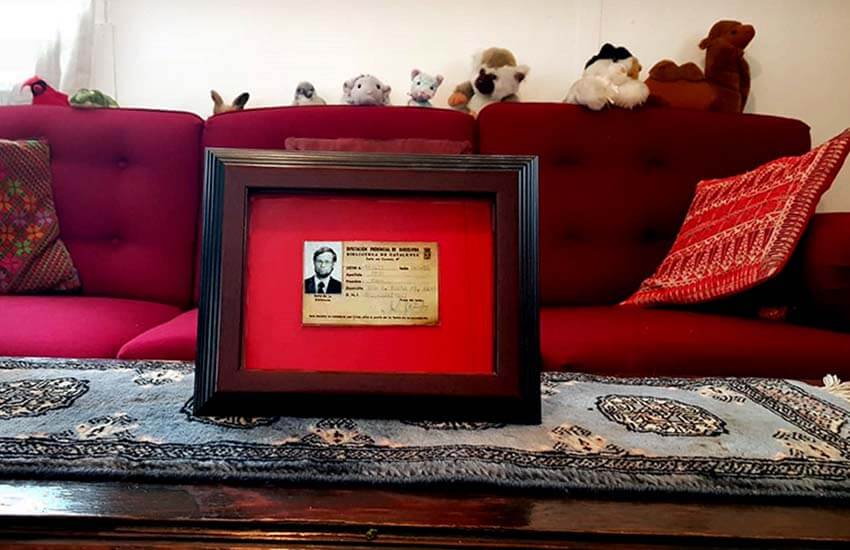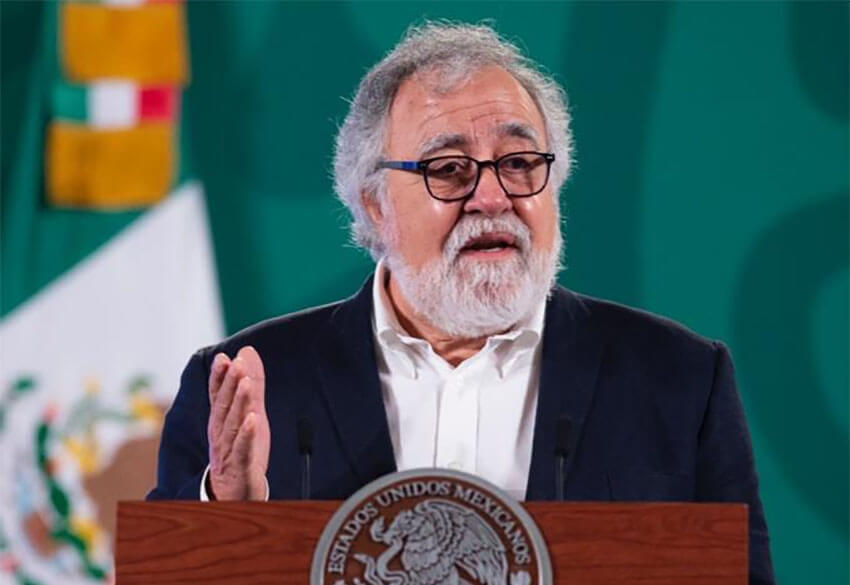I’m writing my piece for this week on the shortest and darkest day of the year: the winter solstice.
I actually have a completely different nearly finished article that I was planning on turning in for publication this Saturday, which will be Christmas Day. But honestly, it’s bleak, bleak, bleak, and I just can’t have that be my Christmas present to you.
I also happen to have returned from a really fun day and am simply more in the mood to spread goodwill and cheer than gloom and doom. It will be there waiting for us next week, so what’s the rush? Let’s talk about the holidays instead! (In case you missed it, I recently wrote an article spelling out some of the Mexican Christmas traditions, which you can read here).
Today, I went with my partner and my daughter to Coatepec, a small municipality outside Xalapa, Veracruz, that is rapidly becoming a small city. The area between Xalapa and Coatepec will likely fill up over the next 20 years or so, but for now, they’re distinctly different places.
The zócalo is beautifully decorated and filled with lights. Today, there was a stage with dancers performing son jarocho folkloric dances and a Christmas bazaar lined up along the streets with local vendors selling their mostly handmade wares.
It was cold and rainy all afternoon, but that didn’t dampen my mood one bit. As is fitting for the solstice, soft, bright lights lit up and cheered up the gloom around us, making the evening magical rather than dreary.
The highlight of our afternoon, however, and the main reason we went to Coatepec today, was to go ice-skating! The municipality apparently decided that what coatepecanos really needed for a little holiday cheer this year was a free ice-skating rink, and I personally agree that it was a wonderful idea.
It’s been a rough year for all of us. And, besides, how often do we grown-ups get to do stuff for the sole purpose of having fun? Even most “fun” things I do these days also serve some other function. It’s nice to feel like a kid again once in a while.
Though I spent most of my childhood at the roller-skating rink, I was fully prepared to walk off that ice-skating rink with one or several bruises from falling down. Ice-skating is not the same as roller-skating, and I didn’t climb onto the ice expecting to know what I was doing.
Thankfully, my muscle memory kicked in, and I managed to skate around like a nervous chimpanzee mostly not holding onto the edge for dear life — but not a falling nervous chimpanzee, something I’m very proud of.
My kid and my partner also managed to survive the whole thing without incident, and I’m hoping that the local government will keep putting up this skating rink so that it can become a new Christmas week tradition for us.
For those skaters not lucky enough to avoid falls, safety measures were in place: there was a group of well-trained skaters with bright-orange vests responsible for helping anyone that fell and for getting them to safety.
In the group before us — each group got 30 minutes on the rink — a boy fell back on his bottom and started crying. While two of the workers made sure he was OK and helped him up and off the ice, a group of four others held hands and surrounded him to make sure that no one else would trip over him while he was down.
Most of these workers were themselves expert ice skaters. How they are expert ice skaters is a mystery to me.
Maybe they’re professional rollerbladers and just needed a little practice on the ice to get good? Maybe they grew up in Canada? Maybe they had some kind of crash course in ice-skating and got really good really fast?
Their training had obviously been impeccable, as they were also in charge of cleaning and preparing the ice between each session. I’d have believed that any of them had grown up skating and caring for rinks.
Whatever it was, the whole operation was run with the utmost efficiency, order and professionalism. These are characteristics that marked the process (for me, anyway) of vaccine distribution as well, and my faith in gigantic free government operations in Mexico for large swaths of people at once is now growing at a steady clip as a result.
In fact, I’d say it’s even more impressive than the fact that I was able to ice-skate — for free! We sure can’t do that in Texas.
A while ago, I wrote an article basically complaining about the lack of free entertainment during the pandemic, with public parks and events canceled but paid entertainment (for kids as well) still available. Well, credit where credit is due: at least in this particular town, there’s a lot of affordable fun to be had.
So that’s been my winter solstice this year. I started the day off feeling gloomy about what I was writing and despairing about all the ways Mexico, a country I love so deeply, seems to simply not be making it in so many ways: poverty increasing, narcos forever expanding their powers, impunity reigning.
But like twinkling Christmas lights shining through the cold rain, beauty and grace have broken through: glimmers of light and warmth during the coldest, darkest day.
Merry Christmas, everyone.
Sarah DeVries is a writer and translator based in Xalapa, Veracruz. She can be reached through her website, sdevrieswritingandtranslating.com and her Patreon page.
